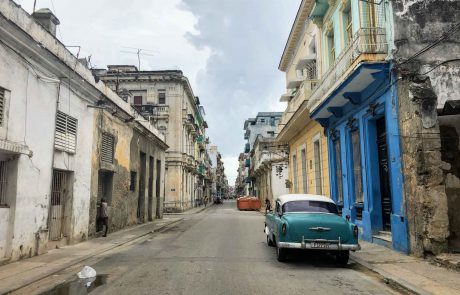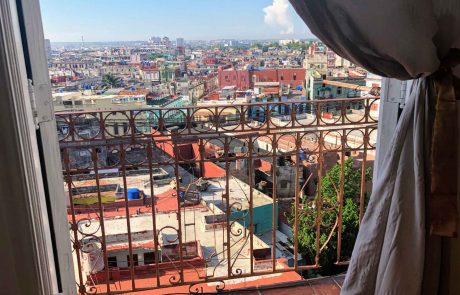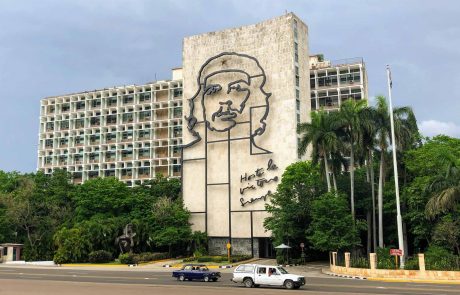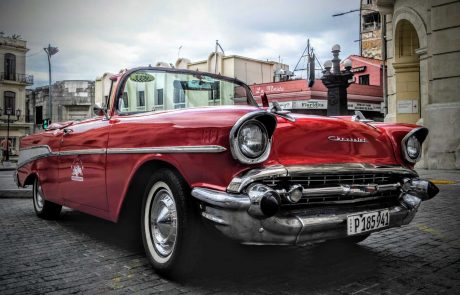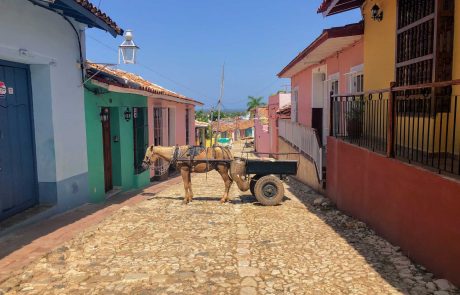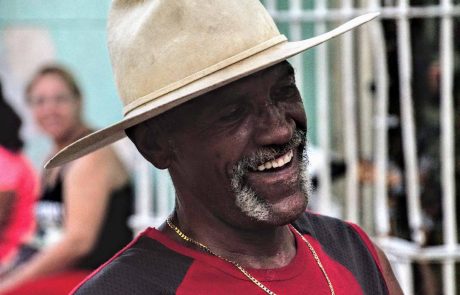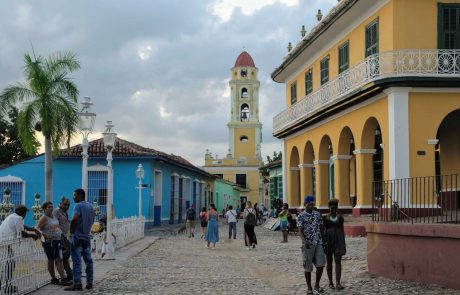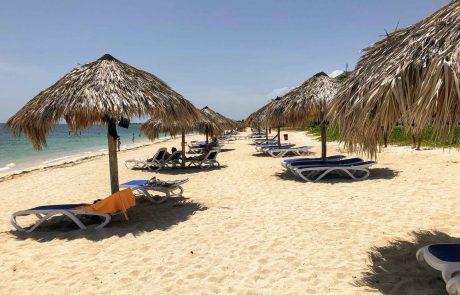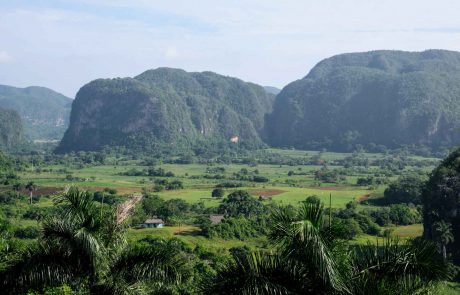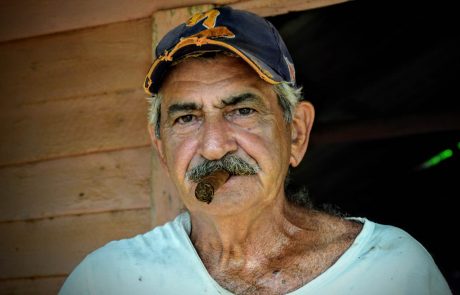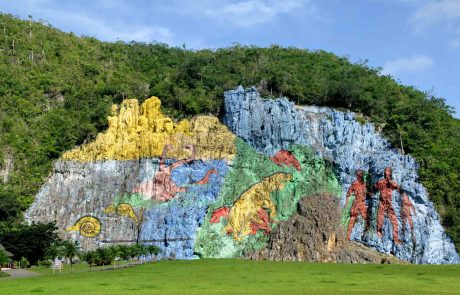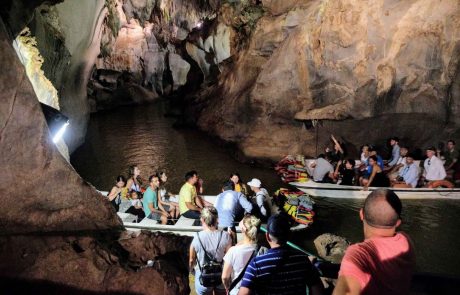Cuba is the largest island of the Caribbean and is known for tobacco, rum and classic cars in Havana.
I was in 2020 for 8 days in Cuba:
- Day 1: Arrival by plane from Nassau (Bahamas) to Havana.
- Day 2: Collective taxi from Havana to Trinidad. In the afternoon I explored at the city.
- Day 3: Bathing and relaxing at Ancon beach.
- Day 4: Collective taxi from Trinidad to Vinales. In the evening I walked through the tobacco fields.
- Day 5: Day trip with the hop-on-hop-off bus to explore the area.
- Day 6: Collective taxi from Vinales to Havana. In the afternoon I explored Havana.
- Day 7: Sightseeing of Havana.
- Day 8: Departure by plane from Havana to Kingston (Jamaica).
I used for my planning and can recommend the Lonely Planet for the Caribbean Islands.
Impressions from my Vlog
Havana
The capital Havana felt like an open-air museum with its old houses and classic cars. The old town is small and walkable with several squares and churches. Exciting was the Museum of the Revolution with Che Guevara. The fortress “Habana Cabana” on the other side of the river is reachable by a ferry. You can get to the sights farther away such as the Revolution Square with the Hop-On Hop-Off Bus or with a classic-car city tour.
Trinidad
About 5 hours southeast of Havana is the small town of Trinidad. Upon arrival, you immediately notice the cobblestone streets and colorful houses. It felt like time stopped over 100 years ago. The people seemed relaxed and life was slowly going on. At the more pleasant temperatures in the evening, the locals sat on the terrace or at the roadside. The water at Ancon beach was as warm as in a whirlpool. Along the beach where sun loungers under palm umbrellas – this is how the Caribbean’s should feel.
Vinales
About 2 hours west of Havana lies the village of Vinales. It is surrounded by tobacco and coffee plantations, as well as steep rocks and jungle landscape. A tobacco farmer showed me how he rolled cigars out of the tobacco leaves. As a natural glue honey was used, a cigar in its most natural form. A hop-on hop-off bus makes exploring the area easy. Worthwhile is a huge rock wall with dinosaur paintings (Mural de la Prehistorica). Birds flew in the mountain peaks and it felt like Jurassic Park. Exciting was a boat trip in the stalactite cave Curva del Indio.
Accommodation
- The cheapest accommodation in Havana was a hostel that I found on HostelWorld.
- Trinidad, Vinales and other cities don't have "classic" hostels. You can stay in a Casa Particular (private apartment). The inhabitants have "guest rooms" in their houses, which they rent starting from 10 CUC the night. Additionally, breakfast is offered for 5 CUC
Transport
- Getting there:
- Cuba has several international airports.
- Cruise ships
- Budget transport from the airport to the city:
- From the airport to Havana there are only taxis and no public transport.
- I paid for the taxi 30 CUC (30 USD). There were many taxi drivers and I am sure that you can negotiate a cheaper price.
- Budget transport between the cities:
- The government runs the bus company Viazul. It's intended for tourists only and locals are not allowed to take it. The disadvantage is that the buses are often fully booked and the bus stop in Havana is far from the center.
- Alternatively, there are taxi colectivo (collective taxi/ shared taxis), which pick you up directly from the accommodation and bring you to the next one. These costs a little more than a bus, but you save time and the taxi to the bus station. The accommodations can organize the taxi for you or you can ask at the taxi rank or on the street in the small towns like Trinidad or Vinales.
- I had always taken a taxi colectivo and negotiated the initial price cheaper by 5 CUC to 10 CUC. Y0u can find out the best price by asking around on the street.
Food & Drinks
- There are hardly any supermarkets in Cuba and the selection is very limited.
- Bread in a bakery was very cheap. For 8 rolls I paid 1 CUC in Vinales.
- The food in the restaurant was also cheap, for a pizza I paid 2 CUC and for a Mojito 2 CUC. Add to that another 10% tax, a total of 4.40 CUC.
- Typical drinks in Cuba are the Mojito and sugarcane juice, which is freshly squeezed out of the cane for 1 CUC. It was not as sweet was I expected.
Negotiate
- You can negotiate everywhere in Cuba. When I heard that a family from Chile paid 15 CUC for one night for two adults and a small child, as much as I did alone, ambition grabbed me. From now on, I have negotiated everywhere.
- For a taxi colectivo from Trinidad to Vinales I paid 35 CUC instead of 45 CUC, 25 CUC to Havana and 10 CUC to Vinales. From Vinales to Havana it was 15 CUC instead of 20 CUC.
- In the restaurant I had a pizza for 2 CUC and had negotiated the Mojito from 2.50 CUC to 2 CUC, before entering it.
Currency
- Cuba has two currencies:
- Cuban Convertible Peso (CUC): As a tourist, you pay everything it. 1 CUC is exactly one American dollar (USD).
- Cuban Pesos (CUP): The locals only use it.
- When you get money back, make sure it's CUC, because CUP are much less valuable.
Visa
- As a German, you need a visa, the tourist card. These can be bought online before or if the airline offers it, also at the airport. It costs 25 $ and you need to write your name and passport ID on it.
Internet
- The Internet in Cuba is controlled by the government.
- Wi-Fi is available either in large hotels or in public places.
- For internet access, you will need to purchase an access code for 2 CUC for one hour. I was able to purchase 3 access codes for 5 CUC at the Wi-Fi place in Trinidad.
Drone
- Drones are banned in Cuba. On arrival, you and your hand luggage will be scanned. If the drone is found, you might not get it back at departure.
